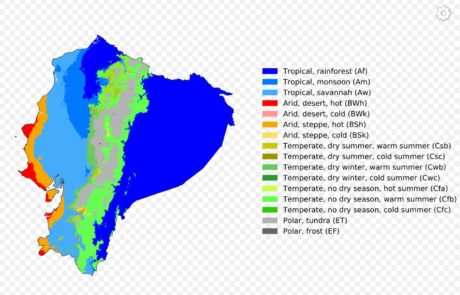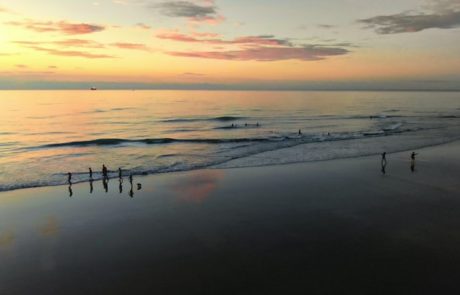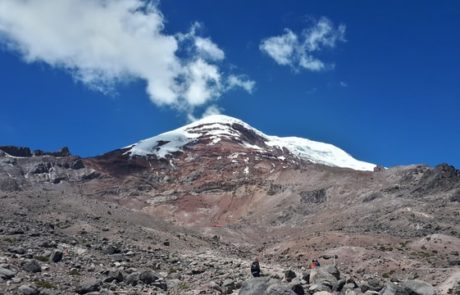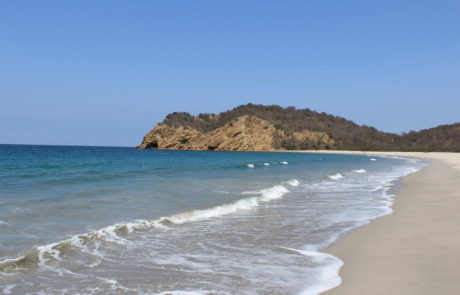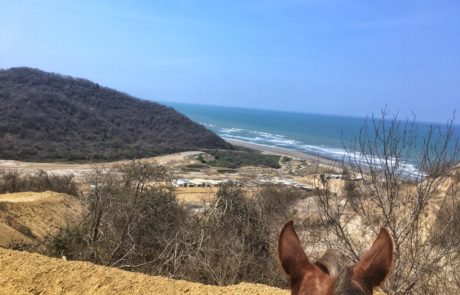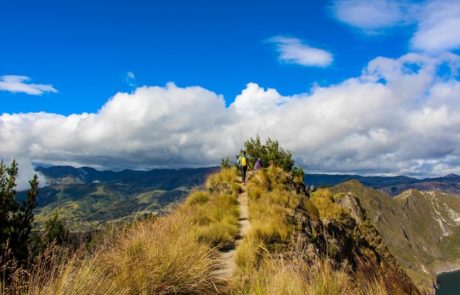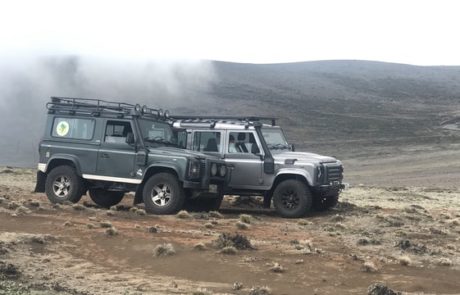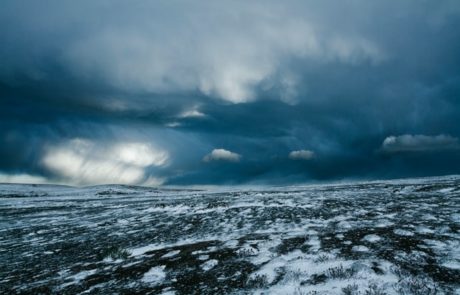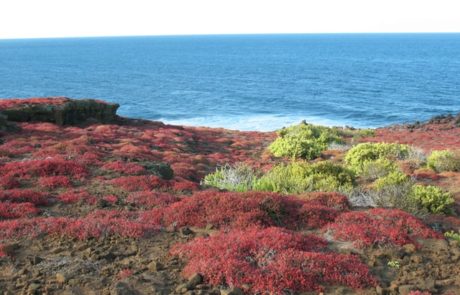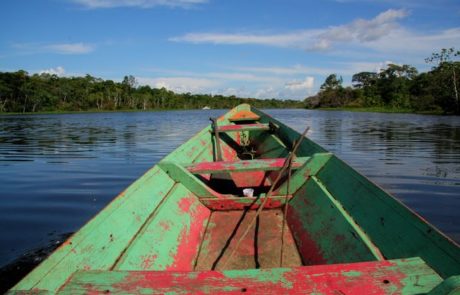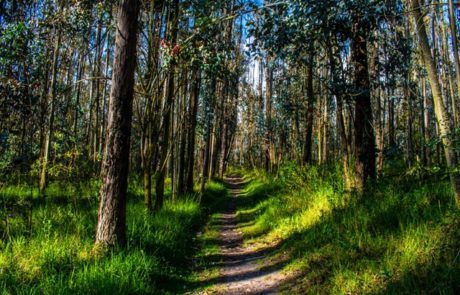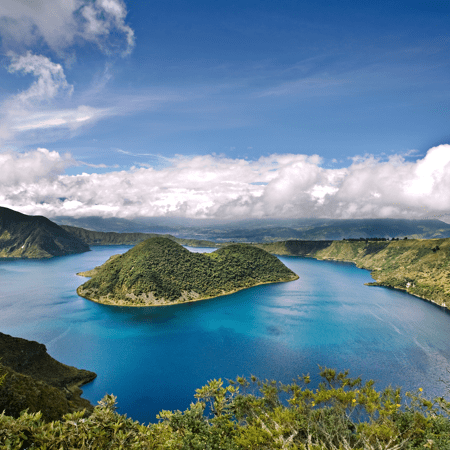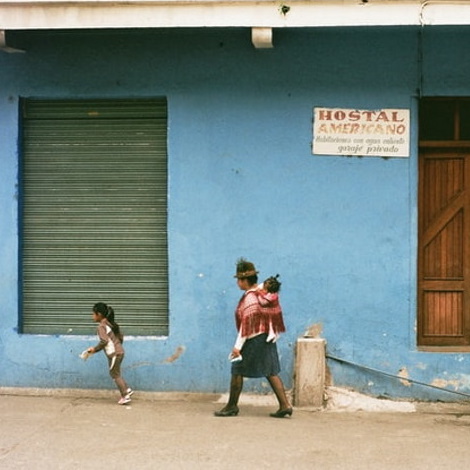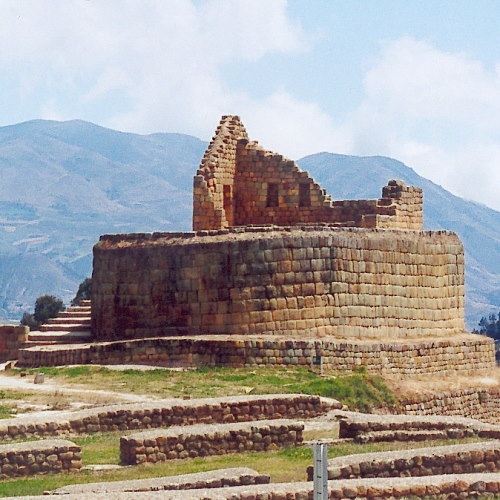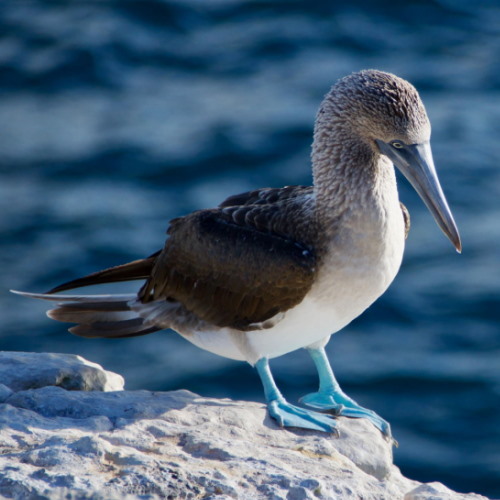Warm and comfortable is the weather of the day! Again….
You may be thinking that because you’re in Ecuador that the weather is hot and sticky. Nothing could be further from the truth. In fact, you will be in for a very pleasant surprise!
In Bahia, there has never been a hurricane or tropical storm, and lightning is extremely rare. Bahia is in a dry tropical belt only about 60 miles wide; there are even cacti growing near here! During what is known as the rainy season, the average rainfall is an hour or two of light rain in the evening per week! The average daytime temperature during the months of November through April is about 85 degrees with moderate humidity. For March through October temperatures are in the low 80’s.
At Ceibo Valley, most days you will enjoy the gentle breezes drifting off the Pacific Ocean.
Detailed Breakdown By Region
Each region has different factors that affect its climate. The Costa is influenced primarily by proximity to warm or cool ocean currents. By contrast, climate in the Sierra varies more as a function of altitude. The Oriente has a fairly uniform climate that varies only slightly between the two subregions. Climate in the Galápagos Islands is both moderated by the ocean currents and affected by altitude. Throughout Ecuador variation in rainfall primarily determines seasons. Temperature is determined by altitude. With each ascent of 200 meters in altitude, temperature drops 1° C. This phenomenon is particularly significant in the Sierra.
The Coastal Region
The Costa has a tropical climate. Temperatures for the region as a whole, remain fairly constant, ranging from 23° C in the south to 26° C in the north. Although seasonal changes in temperature are not pronounced, the hottest period occurs during the rainy season, especially from February to April. Near Guayaquil, the coolest months are August and September. Rainfall in the Costa decreases from north to south, with vegetation changing from tropical rainforest in the north to tropical savannah to the desert in the south.
Differences in temperature and rainfall in the Costa are caused by the Peruvian Current and periodic appearances of El Niño. The Peruvian Current, also formerly known as the Humboldt, is a cold ocean current that flows north along the coasts of Chile and Peru. At Cabo Blanco, where the Gulf of Guayaquil begins, the main current veers to the west; a branch continues northward to Cabo Pasado, in the Province of Manabí, where it also turns westward to merge with the main current near the Galápagos Islands. The cold water and air temperatures associated with the Peruvian Current inhibit rainfall along the coast, creating dry to arid conditions. This effect is the greatest along the southern coast of Ecuador.
The El Niño occurs periodically every six or seven years. Starting in late December, a change in atmospheric pressure shifts ocean currents so that warm water come closer to shore and displace the cold waters. During this time, air and water temperatures, tides, sea levels and wave heights, and relative humidity all are higher than usual. These conditions produce heavy rainfall that generally lasts until May in an area that normally experiences nothing more than a drizzle.
When the Peruvian Current is dominant, the amount of precipitation along the coast varies from north to south, with levels ranging from 300 centimeters to 30 centimeters, respectively. Two rainy seasons in the northernmost part of the coast become a single season (December through June) not far south. Near Esmeraldas, average annual rainfall is 250 centimeters. The rainy season shortens farther south, lasting only from January to May at Guayaquil. Very little rainfall occurs at the end of the Santa Elena Peninsula west of Guayaquil. Arid conditions prevail on the border with Peru south of the Gulf of Guayaquil.
Separated from the effects of ocean currents by the Cordillera Costañera, the Costa Internal has a hot and humid climate. Temperatures can surpass 26° C, and the vegetation and cloud cover tend to retain and augment the heat. Rain is constant during the winter months of December through May, with the heaviest rainfall occurring in February and March.
Weather in Bahia
People often think that because Ecuador is on the equator that the weather is hot and sticky, like you will find in Panama or Costa Rica. Nothing could be further from the truth. In fact, the weather in Bahia de Caraquez is very similar to that of Hawaii. In Bahía, there has never been a hurricane or tropical storm, and lightning is extremely rare. Bahía is in a dry tropical belt only about 60 miles wide; there are even cacti growing on the property.
During the day, temperatures rarely go over 90 degrees fahrenheit (32 C), and the evening are usually cool and comfortable around the low 70s. The so called “rainy season” last about 4 months (January to April) during which we rarely experience rainfall during the day. It usually rains 1 to 2 times per week at night. The ocean water is warm all-year long, averaging 77 degrees Fahrenheit. The wind usually comes from the ocean and is a gentle breeze (averaging 5-8mph) that helps with keeping the warmer days very enjoyable.
Wind: 6mph SSW
Humidity: 87%
Pressure: 29.88"Hg
UV index: 0
77°F
77°F
77°F
75°F
84°F / 75°F
86°F / 75°F
84°F / 75°F
84°F / 75°F
The ocean is always warm for swimming
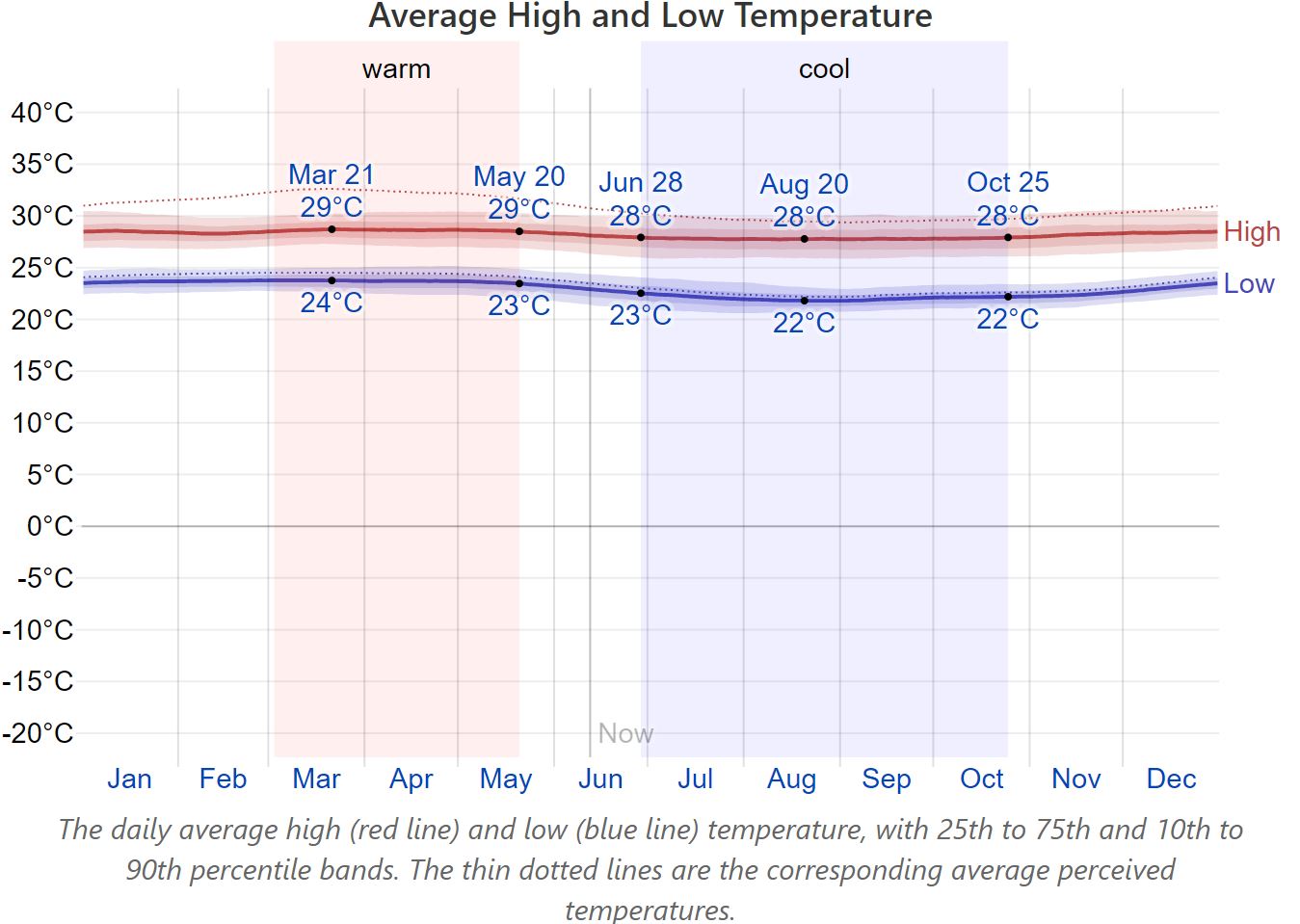
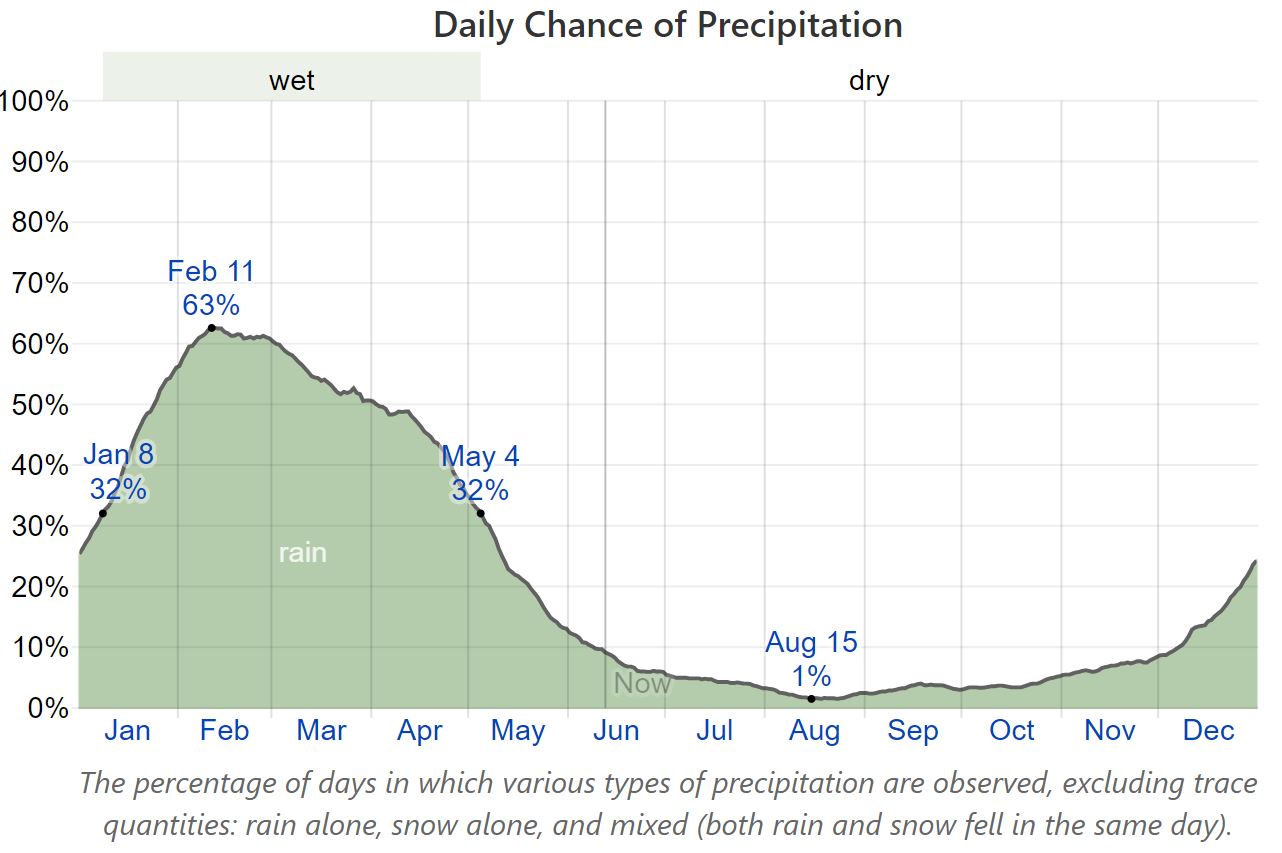
Weather information from Weatherspark
The Andes Mountain Region
Temperatures in the Sierra do not vary greatly on a seasonal basis; the hottest month averages 16°C and the coolest month, 13°C in the upper elevations. Diurnal temperatures, however, vary dramatically, from cold mornings to hot afternoons. The almost vertical sun and the rarified air in the higher Sierra region allow the land to warm quickly during the day and lose heat quickly at night. Mornings typically are bright and sunny, whereas afternoons often are cloudy and rainy. In general, rainfall amounts are highest on exposed locations at lower altitudes. Rain also can vary on a local basis. Sheltered valleys normally receive 50 centimeters per year, whereas annual rainfall is 150 centimeters in Quito and can reach 250 centimeters on exposed slopes that catch rain-bearing winds. On a seasonal basis, the driest months are June through September.
Climate in the Sierra is divided into levels based on altitude. The tropical level–400 to 1,800 meters has temperatures ranging from 20° C to 25° C with heavy precipitation. The subtropical level– 1,800 to 2,500 meters has temperatures from 15°C to 20°C with moderate precipitation. The temperate level–2,500 to 3,200 meters has a year-round temperature in the range of 10°C to 15°C and an annual rainfall of 100 centimeters. The temperate level experiences rainstorms, hailstorms, and fog. Winter, or the rainy season, lasts from January through June, and the dry season or summer from July through December. Most rain falls in April. There is also a short rainy period in early October caused by moisture penetrating the Sierra from the Oriente. Quito and most other populated areas in the Sierra are located in this temperate level. The cold level extends from the temperate zone to 4,650 meters. Here, average temperatures are 3°C to 9°C, and the precipitation often appears in the form of rain, hail, and thick fog. Above 4,650 meters is the frozen level, where peaks are constantly capped with snow and ice, and temperatures range from below zero to 3° C. Precipitation frequently is in the form of snow, fog, and rain.
The Amazon Region
The Eastern lowlands in the Oriente experience an equatorial climate. Rainfall is abundant, especially in the Andean piedmont, sometimes exceeding 500 centimeters per year. Temperatures average to 25°C in the western parts of this region. The jungle-covered plains of the Eastern lowlands register high levels of rainfall and temperatures surpassing 28°C.
The Galápagos Islands
Being located on the equator, the Galápagos Islands would have an equatorial climate, were it not for the modifying effects of the Peruvian Current. Instead, climate on the islands follows a pattern more like that of the Sierra than the Costa. At sea level, the land is desert-like with temperatures of 21°C. The eight summer months experience no precipitation, whereas the winter months of January through April have some fog and drizzle. Above sea level to an altitude of 450 meters, the islands have a mixture of tropical, subtropical, and temperate climates. In general, temperatures are around 17° C. There is constant fog and drizzle in the summer and rain in the winter. The cold level above 450 meters has temperatures below 14°C.
Buy Now and receive over $50,000 of Benefits FREE!
FREE family golf membership (initiation fee) valued at $30,000 FOUR energy-efficient home appliances
FREE solar thermal hot water
FREE reverse osmosis water treatment system
FREE 5kW solar electric system valued at $15,000
FREE outdoor kitchen (houses only)
FULL access and use of Ceibo Valley Beach Club
FULL access to all Ceibo Valley Fitness Centers
*For a limited time only, Ceibo Valley reserves the right to amend or end this promotion at any time.


